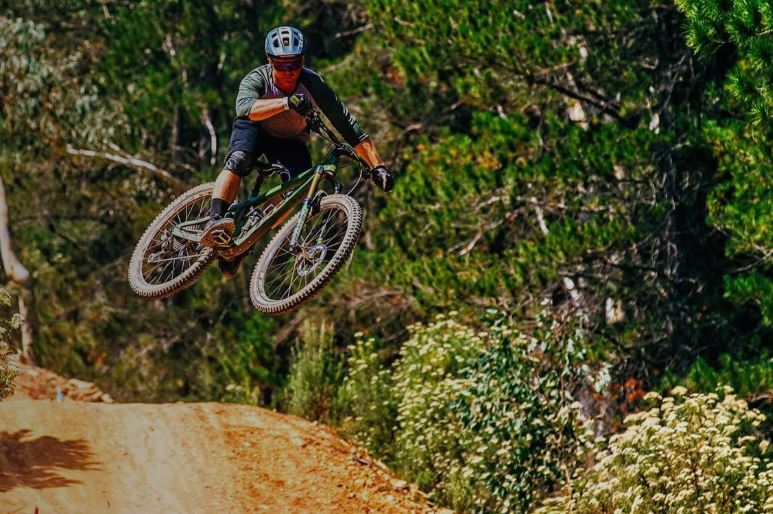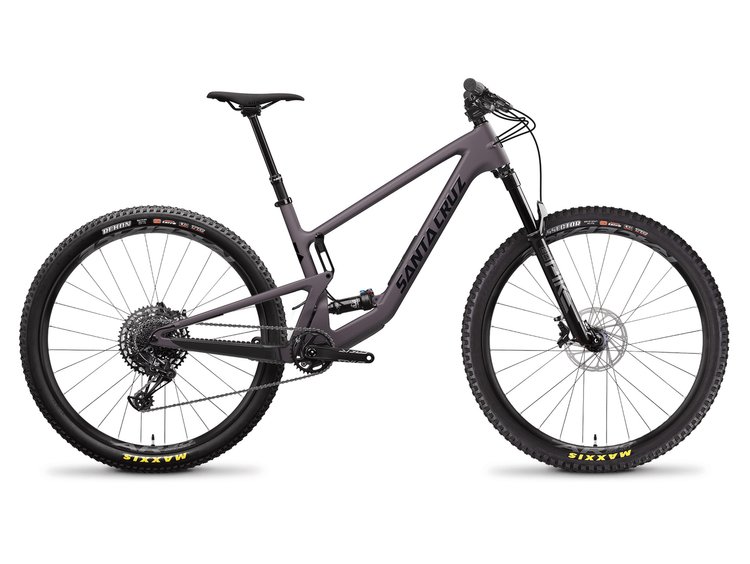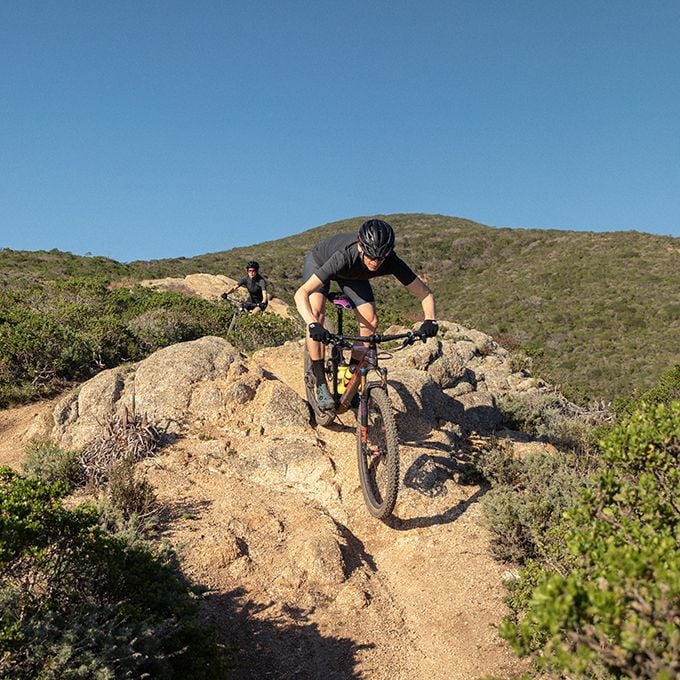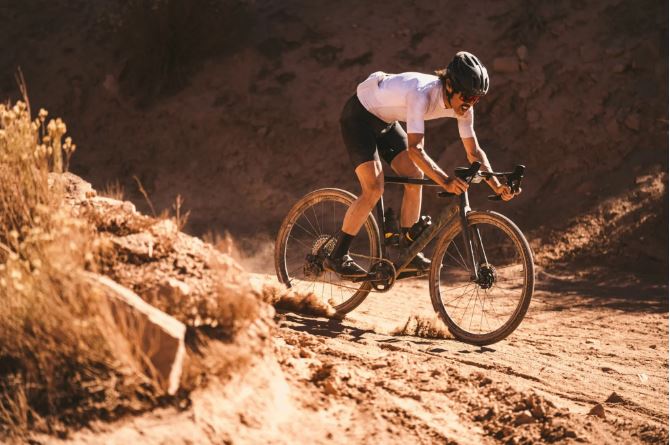Mastering the Trail: Suspension Setup for Trail Bikes

Key Point Summary of Suspension Setup for Trail Bikes:
- Understand Suspension Basics: Know the difference between front suspension (forks) and rear suspension (shock absorbers).
- Sag Setup: The starting point for any suspension setup, crucial for optimal performance.
- Rebound Adjustment: Controls how quickly your suspension returns after being compressed.
- Compression Tuning: Fine-tunes how your suspension reacts to impacts.
- Regular Maintenance: Essential for maintaining the best performance of your suspension system.
Understanding how to set up the suspension on your trail bike can dramatically improve your riding experience, making it smoother, more efficient, and more enjoyable, regardless of the terrain. Here’s a comprehensive guide based on my years of experience racing and riding across a plethora of bikes, from mountain bikes to gravel bikes and cyclocross bikes. This guide is tailored for cyclists with beginner to mid-level experience, aiming to demystify suspension setup, tuning tips, and shock adjustments.
Dive into the Details
Getting to Know Your Suspension
The heart of a trail bike’s adaptability lies in its suspension system. The forks and shocks work together to absorb bumps, maintain tire contact with the ground, and improve control. Each component can be adjusted to match your weight, riding style, and the trails you ride.

Setting Up Sag
Sag is essentially how much your suspension compresses under your weight when you’re sitting on the bike in a neutral position. Getting the sag right ensures that your bike is balanced and reacts appropriately to both small bumps and big hits. Typically, setting the sag at around 20-30% of the total suspension travel is a good starting point for trail riding.
Tuning the Rebound
Rebound adjustment is all about the speed at which your suspension returns to its original position after compressing. Too fast, and your bike might feel like it’s bouncing off obstacles; too slow, and it may not recover quickly enough for the next bump. Finding that sweet spot where the bike feels responsive yet controlled is key.

Adjusting Compression
Compression tuning allows you to set how easily your suspension compresses when it hits an obstacle. Many trail bikes have both high-speed and low-speed compression adjustments. High-speed compression deals with fast, harsh impacts, while low-speed compression affects how your bike handles slow compressions, like when you’re cornering or braking.
Why Maintenance Matters
Regular maintenance is crucial to keep your suspension working as it should. This includes cleaning, checking for wear and tear, and getting professional services when needed. Neglecting maintenance can lead to poor performance and even damage to your suspension components.
Final Thoughts
Setting up your trail bike’s suspension might seem daunting at first, but with a little knowledge and experimentation, it can transform your riding experience. Remember, what works for one rider may not work for another, so take the time to find your ideal settings. And never underestimate the importance of regular maintenance to keep your bike performing at its best. A well-tuned suspension system will make your ride smoother, more efficient, and a lot more fun.
For trail biking enthusiasts looking ahead, the Santa Cruz Hightower, Santa Cruz Tallboy, and Devinci Marshall A 29 SX 12s stand out as top picks for 2023, with their innovative designs suggesting they’ll remain popular into 2024. These models are celebrated for their:
- Santa Cruz Hightower: Exceptional versatility and durability.
- Santa Cruz Tallboy: Lively ride and adaptive suspension.
- Devinci Marshall A 29 SX 12s: Great value combined with reliable performance.
Their continued favorability will depend on how they adapt to new advancements and rider demands in the ever-evolving mountain biking landscape.

FAQ
Do trail bikes need suspension?
Yes, trail bikes require suspension to navigate the varied and often rough terrain encountered on trails. This suspension provides improved traction, control, and comfort. Here’s a great guide on how to set up suspension in 10 minutes by GMBN Tech.
How much suspension does a trail bike have?
Typically, a trail bike is equipped with 120mm to 150mm of suspension travel, offering a balanced performance for both climbing and descending across diverse trail conditions.





